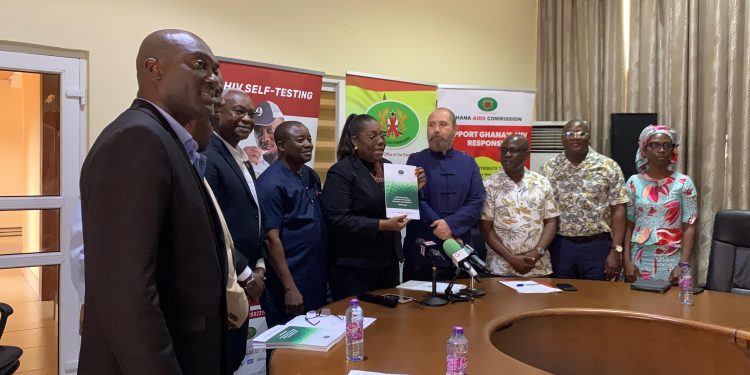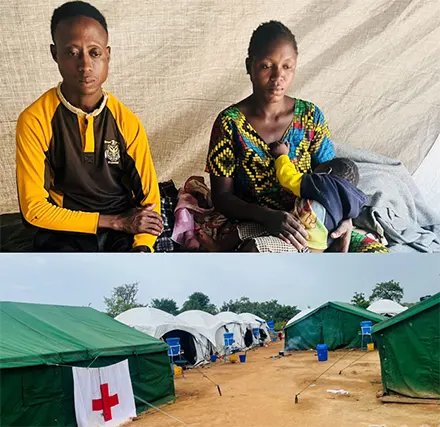Ghana Records 15,290 New HIV Infections in 2024: Key Figures and Urgent Challenges
Ghana records 15,290 new HIV infections in 2024, the Ghana AIDS Commission has revealed, alongside 12,614 AIDS-related deaths. The data, released during the 2024 HIV and AIDS Estimates and Projections launch in Accra, signals a critical moment for the nation’s fight against HIV/AIDS.
Deputy Chief of Staff Nana Oye Bampoe Addo called the statistics a wake-up call, insisting stakeholders must prioritize funding and tailor strategies by region to close the gaps in service delivery. She emphasized that equitable resources and interventions are essential to reduce the toll of the epidemic.
Scope of the Crisis: Prevalence, Mortality, and Regional Disparities
- The Commission estimates that 334,721 people are living with HIV in Ghana. The adult prevalence rate (ages 15-49) stands at 1.49%.
- Greater Accra leads in both the number of people living with HIV (77,821) and new infections (3,436). Ashanti follows (54,824 living with HIV), then Eastern Region (42,386).
- On the other hand, the North East Region recorded the lowest new infections (97) and a low adult prevalence of 0.43%. Bono Region has the highest adult prevalence at 2.22%, with Dormaa East District reporting 5.36%.
Treatment, Awareness, and UNAIDS Targets: Progress and Gaps
Ghana’s progress toward the UNAIDS 95-95-95 goals remains uneven:
- 68% of people with HIV know their status
- 69% of those aware are on treatment
- 90% of those on treatment have achieved viral suppression
Although viral suppression among treated patients meets expectations, the earlier steps (testing and treatment initiation) require intensified focus.
What Needs to Happen: Policy and Priorities
Government representatives and AIDS Commission leaders urge:
- Scaling up prevention campaigns
- Expanding access to testing and treatment nationwide
- Prioritizing vulnerable populations and underserved regions
They stress that knowing one’s HIV status must remain central to the response, so people can access lifesaving care and support. Unless systemic gaps are addressed, gains in viral suppression will be undermined by low diagnosis and treatment rates.





